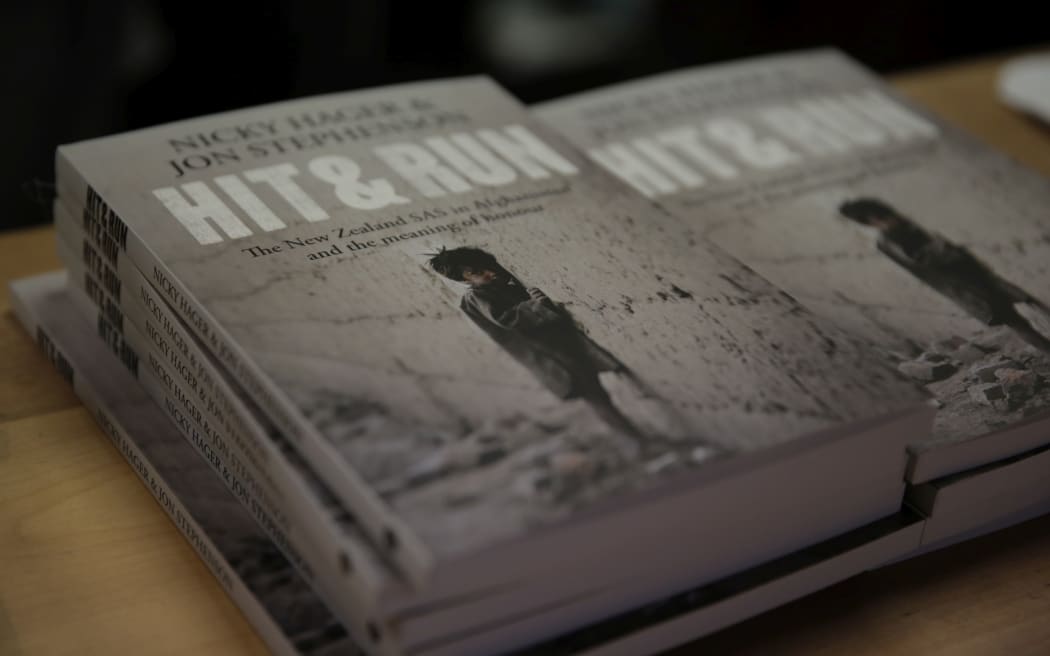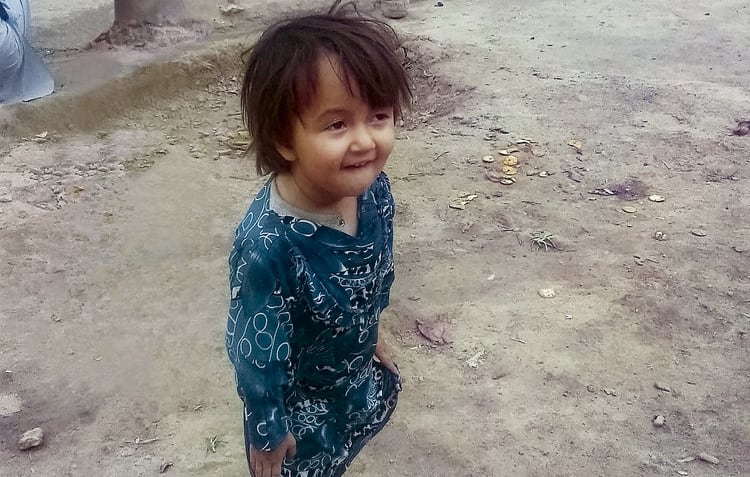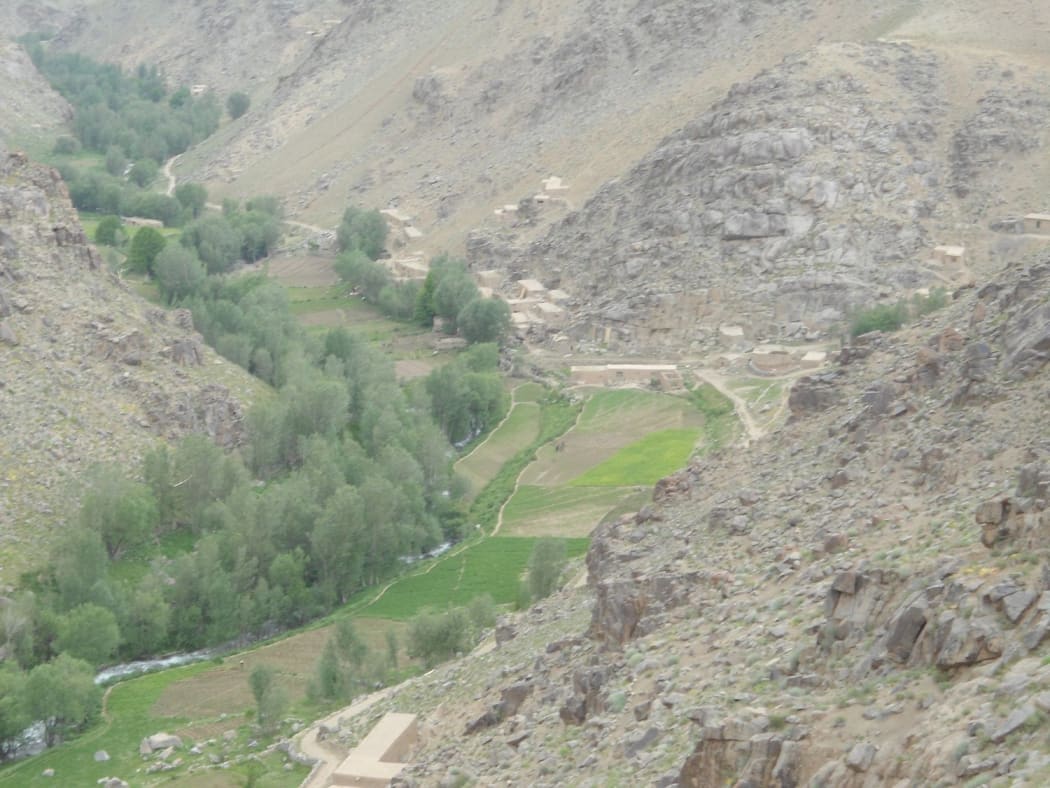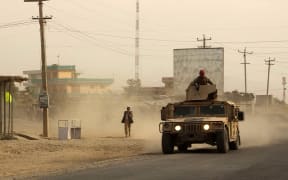Defence officials have rejected claims in a new book that New Zealand SAS soldiers led a raid which killed and injured civilians, including a three-year-old girl, in Afghanistan.

Photo: RNZ / Hans Weston
The book, released today, said six civilians died and 15 were injured in the raid in 2010.
The authors, Nicky Hager and Jon Stephenson, alleged the soldiers, alongside US and Afghan troops, burned and blew up about a dozen houses and then did not help the wounded.
In response, the New Zealand Defence Force (NZDF) said it stood by an investigation carried out by "a joint Afghan Ministry of Defence, Ministry of the Interior and International Security Assistance Force (ISAF) assessment team, in accordance with ISAF procedures".
It had earlier referred to the investigation in a statement in 2011.
In a statement today, it said the inquiry had concluded "allegations of civilian casualties" were unfounded and it was "confident that New Zealand personnel conducted themselves in accordance with the applicable rules of engagement".
Prime Minister Bill English and his predecessor, John Key, have not yet made any comment in response to the allegations, and were not approached by the authors before the book was published.
Acting Defence Minister Chris Finlayson released a statement saying the matter was investigated at the time, and he was advised by the NZDF that they stood by what they said at the time.
Book's authors call for fresh inquiry
The authors of the book claimed the raid was in retaliation for the death of Lieutenant Tim O'Donnell after an explosion and attack on his patrol vehicle on 3 August 2010.
Mr Hager said the book, called Hit & Run, was based on interviews with people involved in the raid.
"The primary basis of this book is that there are people, including the SAS, who were on the ground, organising it, who have taken us through in immense detail personally, where they were, where they went next, what they did after that, showed us on the maps what they did - this is coming from the horses' mouths."
In the book's preface, it said "more than three dozen people" provided information for the book.
"Around 20 of them [are] from the New Zealand military and Afghan security forces... these sources have proved, through multiple interviews and months of cross-checking, to be reliable and motivated by principle."
None of the sources were named, to protect them from retaliation in New Zealand and in Afghanistan, the authors said.
Mr Stephenson said they had been given access to "extremely sensitive" information including the "kill list" of the insurgents being sought.
Mr Hager said there were grounds to suspect that there had been war crimes.
"But that obviously is a very serious allegation and it has to be determined by experts, which is why we're calling for an inquiry."
He was not suggesting the SAS planned to kill civilians, but that they acted "differently" in response to the death of one of their colleagues, he said.
Alleged raid detailed
The book detailed how the SAS began planning a raid on a village in Bamiyan, where they believed the insurgents responsible for Lieutenant O'Donnell's death were living.
Based on information from a "confidential" source, it said the then Defence Minister Wayne Mapp and the chief of defence at the time, Lieutenant Jerry Mateparae, were in Afghanistan in the days leading up to the raid.
An unnamed source present at Camp Warehouse was quoted in the book as saying the pair were briefed by the SAS, which sought permission for the operation, and they "in turn decided that the decision on such a major and possibly risky operation needed to go to the prime minister".
The source claimed the operation was "given the green light to go ahead" by Mr Key after he was contacted by Dr Mapp by telephone.
The authors said what followed was an early morning raid on two villages, Naik and Khak Khuday Dad, in an area of Baghlan province known as Tirgiran Valley, supported by American Chinooks and Apache gunships on 22 August 2010.
In the book, Khak Khuday Dad elder Deen Mohammad described a scene of villagers running after the helicopters started firing into the village: that people were "frightened and yelling and trying to hide themselves".
The book quoted "Afghanistan's Independent Directorate of Local Governance list of dead and wounded" to allege the helicopters "rained down cannon fire and rockets, destroying the two houses, injuring two of the mothers and five of their children and killing a small sixth child as she was held in her mother's arms". The "father of the third household would be dead soon too", it continued.

The book's authors provided this photo, which they say shows the three-year-old, Fatima, who was killed by shrapnel while being held in her mother's arms. Photo: Jon Stephenson
It also detailed the alleged attack on the second village, where "more houses were being destroyed and more people hurt, none of them insurgents", as well as more fatalities.
The authors claimed the names of the killed or wounded had been officially confirmed by the district governor and by numerous other sources - and that all were civilians.
Civilian casualty allegations unfounded - NZDF
On 29 August 2010, the ISAF released a media statement saying a "full assessment" of the operation had been conducted in response to concerns raised by Baghlan's governor about civilian deaths.
That concluded "several rounds from coalition headquarters fell short, missing the intended target and instead striking two buildings, which may have resulted in civilian casualties".
The statement said "initial reports from the ground operation indicated 13 insurgents were killed, with no civilian casualties" but "close examination of the weapons system video showed the errant rounds striking the unintended buildings".
The following year, the NZDF released the statement on 20 April confirming the Afghan/ISAF investigation "concluded the allegations of civilian casualties were unfounded".
But, contrary to the claims in the book, which asserted the operation was led by the SAS, the defence force said it was part of a "wider ISAF [International Security Assistance Force] mission".
When interviewed on RNZ the next day, Dr Mapp said the raid was not a "revenge attack" but carried out to protect the provincial reconstruction team and improve security for local people.
Mr Hager was calling for a full investigation, saying it was not clear how much Mr Key was subsequently told by the military.
"Obviously it had gone horribly badly, so there are two possibilities: one is that the government has been misleading the public but the other is that the government has not been told the truth by the military, which is also very serious."

The authors said this photo showed Naik, in summer. The other village that was attacked was nearby, about 1km behind the ridge on the left of the photo, they said. Photo: Jon Stephenson



